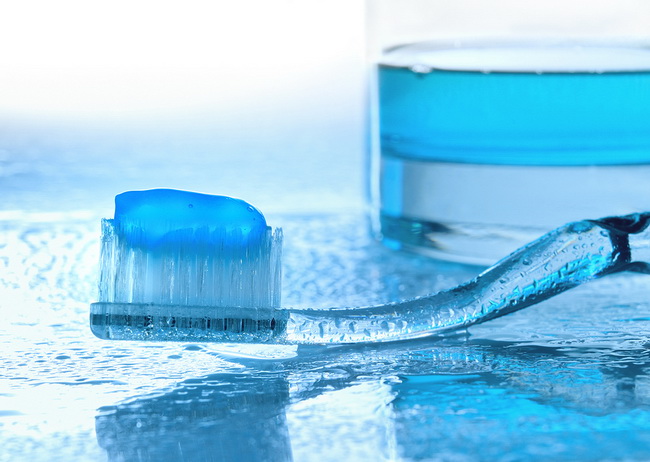- Make It Yourself Lavender Heart-Shaped Bath Bombs!
- 20 Things You Never Knew About “Down There”
- 12 Best Foods For Those Suffering From Arthritis Pain
- 12 Personal Hygiene Mistakes Almost Everyone Makes (Mom Never Told You About #4!)
- 15 Medicinal Plants And Herbs From The Cherokee People
- 12 Mind-Blowing Benefits Of Drinking Coconut Water During Pregnancy
- 12 Outstanding Winter Foods That Won’t Fatten You Up Like A Christmas Turkey
The Awful and Shocking Truth about This One Bathroom Item

Photo credit: bigstock.com
4. Bacteria and Plaque
Although no one is really surprised that toothbrushes carry some bacteria, no amount of rinsing is going to get rid of everything. When we don’t change our toothbrush very often, it’s like reinfecting your mouth with old bacteria. Too much bacteria in the mouth can lead to plaque formation, which can lead to gum disease.
SEE ALSO: Homemade Toothpaste Recipe that Remineralizes and Whitens Naturally!
5. How to Reduce Germs
OK, so now that we know how bacteria get on our toothbrushes, what else can we do besides closing the toilet lid? Well, for one thing, don’t use those toothbrush covers. Although they sound like a good idea, they keep your toothbrush wet, and bacteria love a wet, mushy place. Store it in an upright position and let it dry between uses. If you like to brush 3 times a day, you might want to have 2 toothbrushes: one for morning and nighttime use, and one for the middle of the day.
There are also several toothbrush sanitizers on the market, and even though some have been tested and found to be pretty good at removing bacteria, there is no evidence that these do any better at keeping you from getting sick than simply storing your toothbrush in a safe location and letting it dry. If you really feel the need to sanitize your toothbrush, let it sit in a glass of mouthwash overnight. Or you can even run it through the dishwasher!
Replace your toothbrush after you have been sick. Also, if the bristles begin to look worn out, they are already past the point where they are doing a good job at cleaning your teeth. You can also simply set a schedule and replace your toothbrush every 3 or 4 months, no matter what it looks like. Many stores sell 4, 6, or even 8 packs of toothbrushes so you can buy one or twice a year and forget about it.
By the way, never, ever share toothbrushes. You can share bacteria that cause tooth decay, because after all, tooth decay is actually an infectious disease, so don’t ever borrow someone else’s toothbrush. Better to use your finger and some floss for one night rather than share a toothbrush.
Sources:
Sharon Cooper, PhD, RDH, MS, MEd, clinical associate professor, University of Florida College of Dentistry, Gainesville, FL.
American Dental Association.
The Maryland Children’s Oral Health Institute.
































